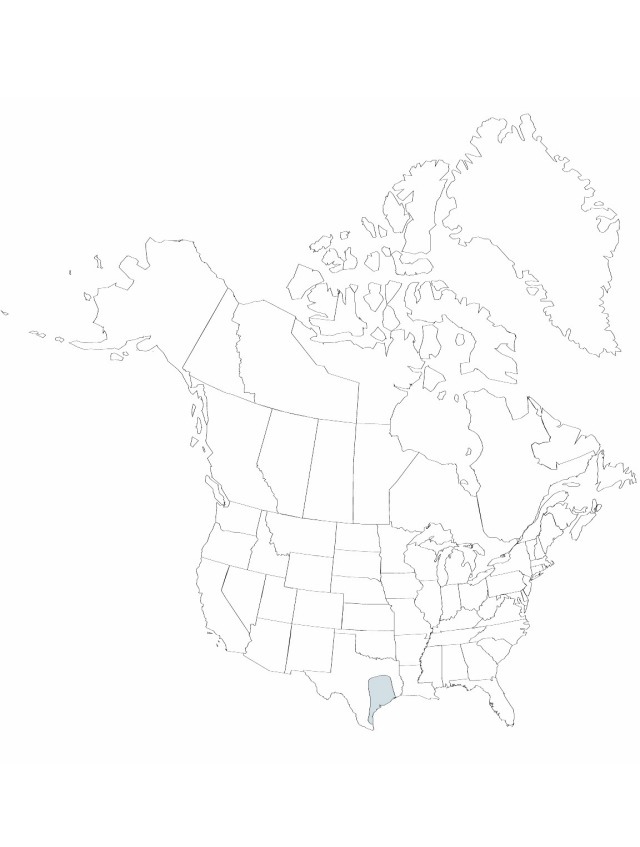Difference between revisions of "Tradescantia subacaulis"
14:185. 1904.
FNA>Volume Importer |
imported>Volume Importer |
||
| Line 5: | Line 5: | ||
|place=14:185. 1904 | |place=14:185. 1904 | ||
|year=1904 | |year=1904 | ||
| + | }} | ||
| + | |special_status={{Treatment/ID/Special_status | ||
| + | |code=E | ||
| + | |label=Endemic | ||
}} | }} | ||
|basionyms= | |basionyms= | ||
| Line 41: | Line 45: | ||
|publication title= | |publication title= | ||
|publication year=1904 | |publication year=1904 | ||
| − | |special status= | + | |special status=Endemic |
| − | |source xml=https:// | + | |source xml=https://bibilujan@bitbucket.org/aafc-mbb/fna-data-curation.git/src/bb6b7e3a7de7d3b7888a1ad48c7fd8f5c722d8d6/coarse_grained_fna_xml/V22/V22_595.xml |
|genus=Tradescantia | |genus=Tradescantia | ||
|species=Tradescantia subacaulis | |species=Tradescantia subacaulis | ||
Revision as of 22:24, 27 May 2020
Herbs, erect or ascending, rarely rooting at nodes. Roots thick, brownish-tomentose. Stems spreading, diffusely branched, particularly at base, 10–30 cm, arachnoid-villous or rarely nearly glabrescent. Leaves relatively lax and flaccid; blade deep green, linear-lanceolate, 10–18 × 0.5–1.5 cm (distal leaf blades equal to or narrower than sheaths when sheaths opened, flattened), ± arachnoid-villous as on stems. Inflorescences terminal, solitary, often with axillary, pedunculate inflorescences from distal nodes; bracts foliaceous, similar to leaves in form, ± arachnoid-villous. Flowers violet-scented; distinctly pedicillate; pedicels 2–3 cm, puberulent or pilose with mixed glandular, eglandular hairs; sepals green or suffused with rose or purple, 7–8 mm, pubescent with mixture of glandular, eglandular hairs; petals distinct, bright blue, broadly ovate, not clawed, 13–14 mm; stamens free; filaments bearded. Capsules 5–6 mm. Seeds 2–3 mm; hilum as long as seed. 2n = 12.
Phenology: Flowering spring (Mar–Jun).
Habitat: Sandy soil
Discussion
Selected References
None.
